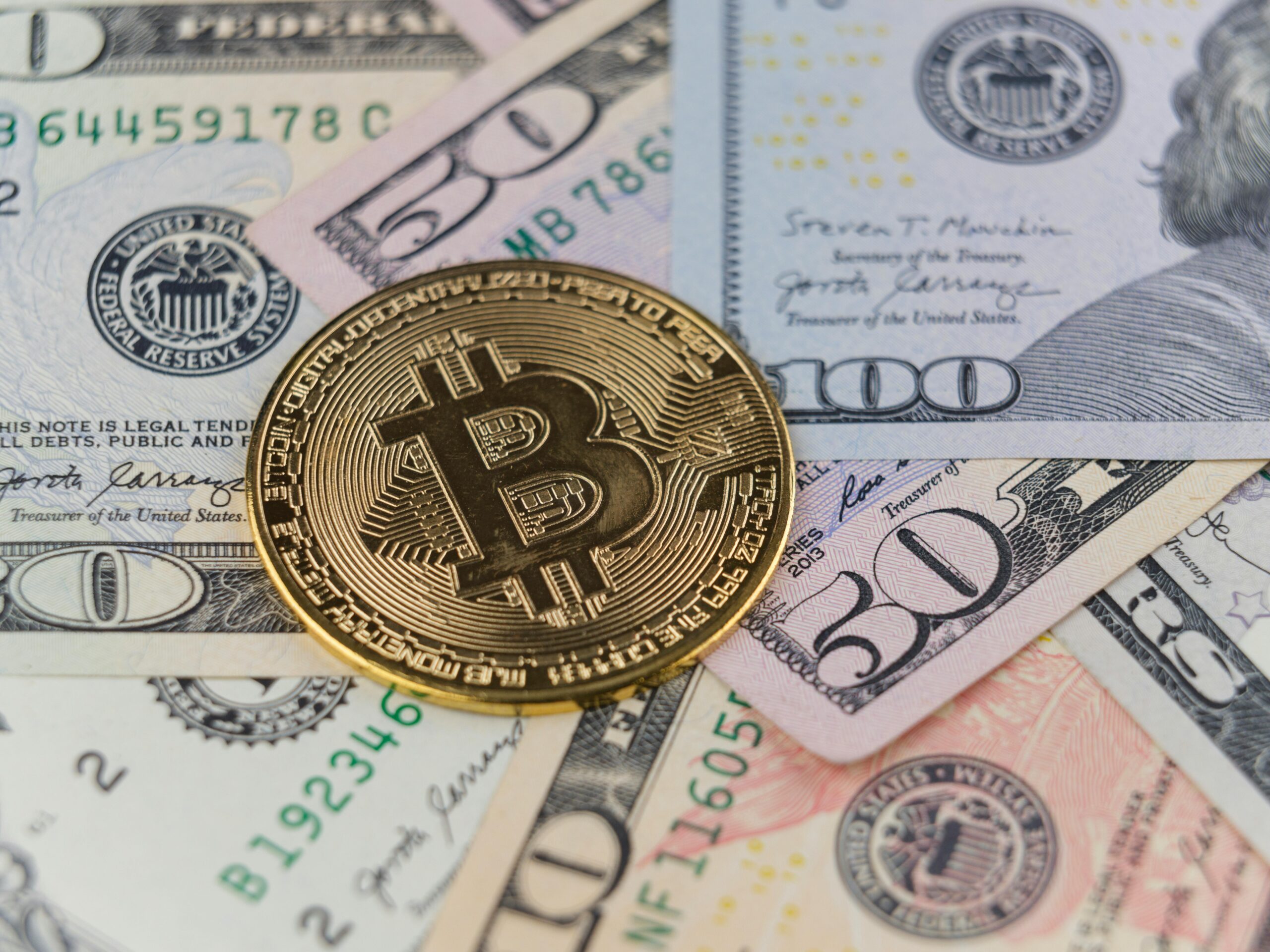Pay Faster in the US: How Bitcoin Payments Work
Introduction:
Using Bitcoin for Payments in the USABitcoin, the pioneer of cryptocurrencies, has evolved beyond a speculative asset to become a viable means of making payments. In the USA, where financial innovation is embraced, understanding how to use Bitcoin for transactions is key to harnessing the benefits of this decentralized currency.
1. Setting up a Bitcoin Wallet
Heading: You’re Digital Wallet for Bitcoin
The first step in using Bitcoin for payments is setting up a digital wallet. A Bitcoin wallet is a software application that allows you to store, receive, and send bitcoins. There are different types of wallets, each with its own features and security considerations.
a. Types of Wallets:
Software Wallets: These can be online, mobile, desktop, or hardware-based. Popular options include Coin base, Electrum, and MyEtherWallet.
Hardware Wallets: Physical devices that provide an extra layer of security by keeping the private keys offline. Examples include Ledger and Tremor.
b. Creating a Wallet:
Download and install the chosen wallet.
Follow the setup instructions, which typically involve generating a seed phrase (a series of words serving as a backup) and creating a secure password.
c. Securing Your Wallet:
Enable two-factor authentication (2FA) if available.
Safeguard your seed phrase and password, as they are crucial for wallet recovery.
2. Acquiring Bitcoin
Heading: Loading Your Wallet with Bitcoin
Once your wallet is set up, you need bitcoins to make payments. There are several ways to acquire Bitcoin in the USA.
A. Cryptocurrency Exchanges:
Sign up on a reputable exchange like Coin base, Kraken, or Finance.
Link your bank account or use other payment methods accepted by the exchange to purchase Bitcoin.
B. Peer-to-Peer Transactions:
Explore peer-to-peer platforms like LocalBitcoins or Playful, where you can buy Bitcoin directly from other users.
Locate a Bitcoin ATM in your area. These machines allow you to buy Bitcoin using cash or debit/credit cards.
3. Making Bitcoin Payments
Heading: Seamless Transactions with Bitcoin
With your wallet loaded, making payments using Bitcoin becomes a straightforward process.
a. Merchant Acceptance:
Look for merchants and service providers in the USA that accept Bitcoin payments. Major companies, online retailers, and even local businesses are increasingly embracing cryptocurrency transactions.
b. Obtaining the Recipient’s Bitcoin Address:
When making a payment, you’ll need the recipient’s Bitcoin address. This is a long string of characters unique to their wallet.
Some wallets also support QR code scanning, simplifying the process by allowing you to scan the recipient’s QR code instead of manually entering the address.
c. Initiating the Transaction:
Access your wallet and navigate to the “Send” or “Withdraw” section.
Enter the recipient’s Bitcoin address and the amount you want to send.
Confirm the details, including transaction fees, and initiate the payment.
Using Bitcoin: Advantages and Considerations
Heading: Unlocking the Benefits, Acknowledging the Considerations
1. Advantages of Using Bitcoin for Payments
a. Global Accessibility:
Bitcoin transactions are borderless, allowing you to make international payments without traditional banking constraints.
b. Reduced Transaction Costs:
Compared to certain traditional payment methods, Bitcoin transactions can have lower fees, especially for cross-border payments.
c. Security and Anonymity:
Bitcoin transactions are secure and pseudonymous. While wallet addresses are recorded on the blockchain, personal information is not directly tied to transactions, enhancing privacy.
2. Considerations and Best Practices
a. Volatility Awareness:
Be mindful of Bitcoin’s price volatility. If you’re making a significant purchase, consider the current market conditions.
b. Transaction Confirmations:
Bitcoin transactions require confirmations on the blockchain. While some merchants accept zero-confirmations for small transactions, waiting for multiple confirmations is advisable for larger payments.
c. Staying Informed:
Stay updated on regulatory developments and tax implications related to Bitcoin transactions in the USA. Regulations may impact the acceptance and use of Bitcoin for payments.
Conclusion:
Using Bitcoin for payments in the USA represents a step into the future of finance, offering advantages such as global accessibility, reduced transaction costs, and enhanced security. As more merchants adopt cryptocurrency payments, individuals can seamlessly integrate Bitcoin into their daily transactions, unlocking the potential for financial autonomy and borderless commerce.
Question 1: How do I know if a merchant accepts Bitcoin in the USA?
Answer 1: Check the merchant’s website or inquire directly. Many businesses that accept Bitcoin prominently display the cryptocurrency logo or provide information about accepted payment methods at the checkout.
Question 2: Are there transaction fees for using Bitcoin?
Answer 2: Yes, Bitcoin transactions may involve fees, and the amount can vary. The fees go to miners who validate and add transactions to the blockchain. Some wallets allow users to set their fee preferences.
Question 3: Can I reverse a Bitcoin transaction if there’s an error?
Answer 3: Bitcoin transactions are irreversible. Once confirmed on the blockchain, they cannot be undone. It’s crucial to double-check recipient addresses and transaction details before confirming payment.
